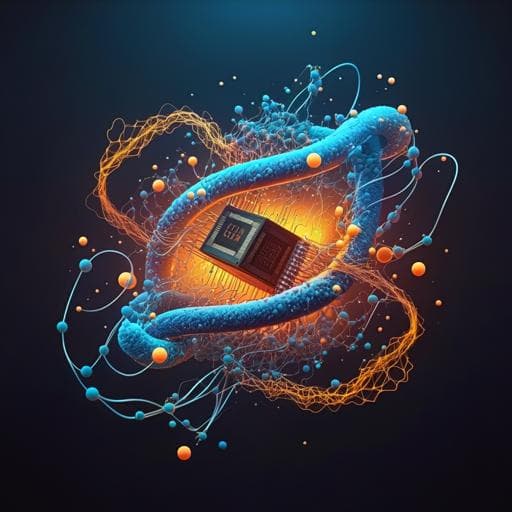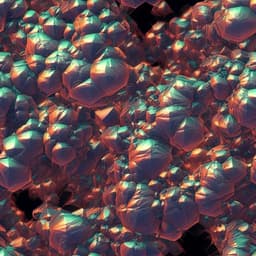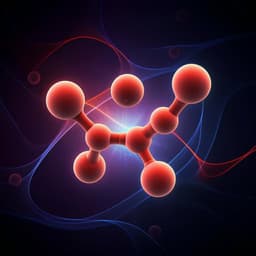
Engineering and Technology
Chemo-mechanical failure mechanisms of the silicon anode in solid-state batteries
H. Huo, M. Jiang, et al.
Explore groundbreaking insights into the chemo-mechanical failure mechanisms of silicon anodes for solid-state batteries! This research, conducted by a team of experts including Hanyu Huo and Ming Jiang, unveils the challenges of capacity decay and mechanical stress that could pave the way for enhanced electrode designs.
~3 min • Beginner • English
Related Publications
Explore these studies to deepen your understanding of the subject.







